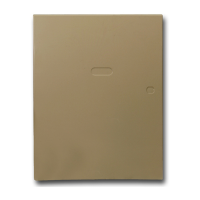
Do you have a question about the Honeywell VISTA-128BPT and is the answer not in the manual?
| Zones | 128 |
|---|---|
| Partitions | 8 |
| User Codes | 150 |
| Event Log Capacity | 512 events |
| Communication | POTS |
| Backup Battery | 12VDC, 7AH |
| Outputs | Two on-board relays |
| Dimensions | 12.5" x 14.5" x 3" |
Introduces the security system components, protection forms, and keypad functions.
Explains the purpose and operation of keys 1 OFF through 8 CODE.
Explains installer-programmed exit and entry delays for arming and disarming.
Covers assigned authority levels, personal security codes, and user identification.
Explains the duress code feature and using # for quick arming.
Defines six authority levels and their system restrictions for users.
Step-by-step guide for adding new users with codes and authority levels.
Instructions for modifying existing user codes.
Steps for removing users and their associated data from the system.
How to use the READY key to display and address faulted zones before arming.
Instructions for manually bypassing specific protection zones.
Describes bypassing all zones simultaneously and viewing bypassed zones.
Explains using the STAY key for perimeter protection with entry delay.
Describes arming all protection modes (perimeter/interior) with entry delay.
Explains arming for extended vacancies without interior motion detection.
How to disarm the system and silence alarms and troubles.
Explains using key combinations for manual panic functions.
Step-by-step guide to programming Speed Key sequences.
Explains using #70 command for device control via keypad or phone.
Step-by-step guide for programming temporary schedules for partitions.
Step-by-step guide for accessing, viewing, and exiting the event log.
How to put the system into Test mode for checking protection points.
Steps for testing individual sensors and system components.
Actions to take if a fire emergency is detected or suspected.
Explains common trouble displays like CHECK, TRBL, and COMM. FAILURE.
Discusses system limitations, potential failures, and sensor performance.

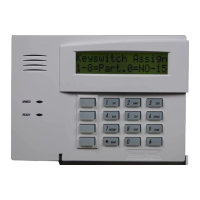
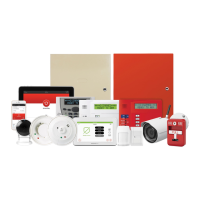
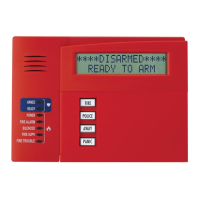
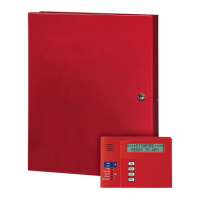

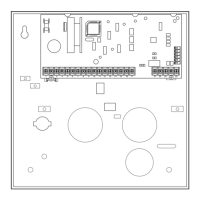



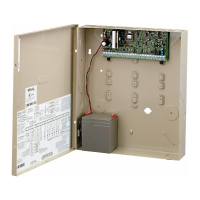
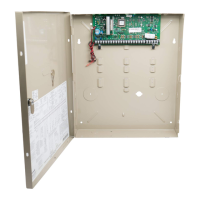
